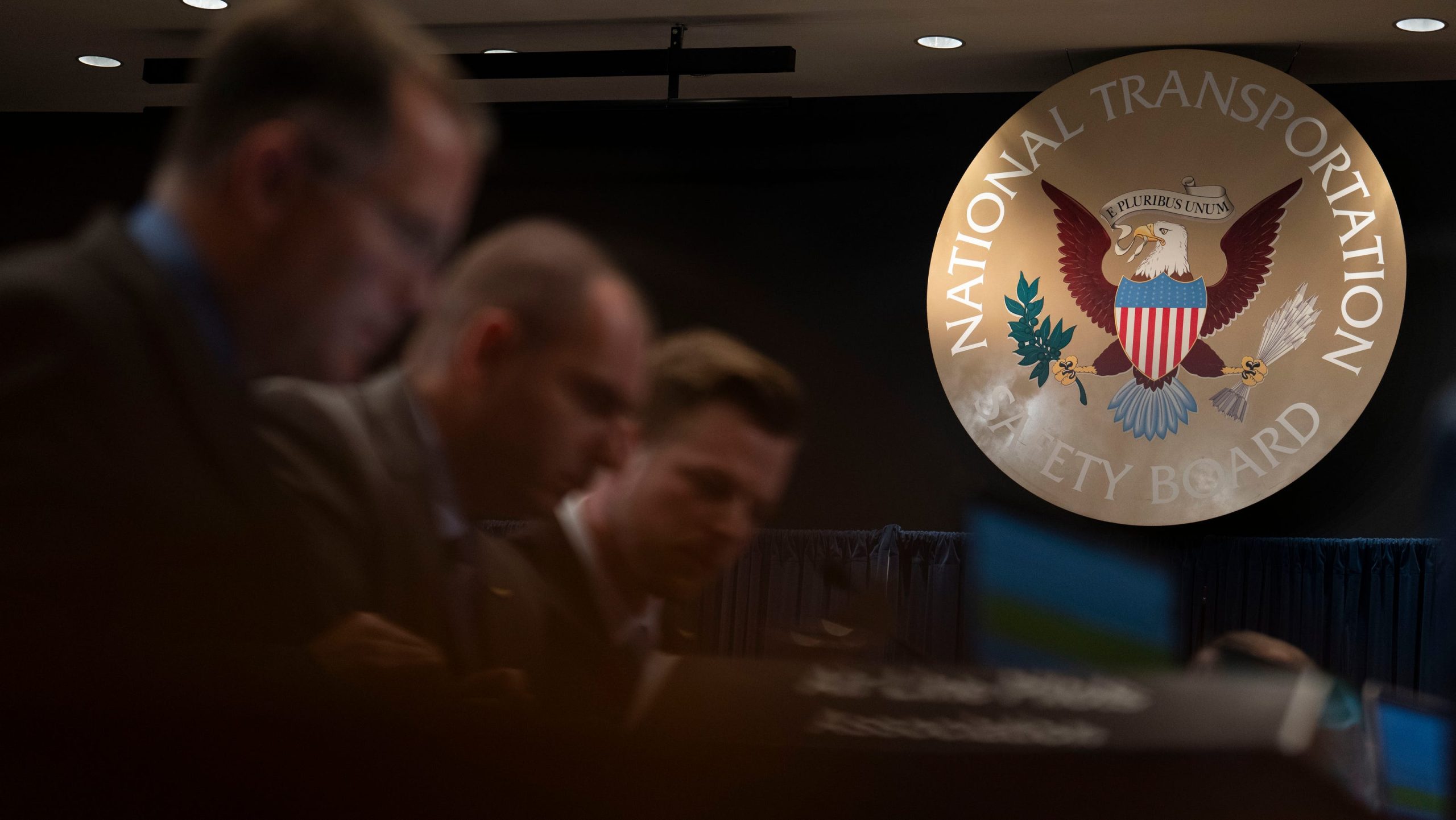Startling revelations from recent hearings into a catastrophic aircraft collision near Washington, D.C., have cast a critical spotlight on a pervasive “make it work” culture reportedly ingrained within air traffic control operations at Ronald Reagan National Airport (DCA).
The deadly incident, occurring on January 29, involved an Army Black Hawk helicopter and an American Airlines regional jet, resulting in the tragic loss of sixty-seven lives over the Potomac River. This devastating event marked the worst aviation accident in the region in decades, prompting an intensive investigation by the National Transportation Safety Board (NTSB).
During the multi-day NTSB investigative hearing, Federal Aviation Administration (FAA) officials conceded that air traffic control employees at DCA frequently navigate their duties with severely limited resources. The NTSB’s preliminary findings suggest that the FAA was aware of significant, ongoing risks, particularly concerning military aircraft operations, yet failed to implement necessary preventative measures prior to the collision.
Testimonies revealed that FAA officials had previously received clear safety warnings and even proposals for flight path changes from their own air traffic control staff, specifically designed to mitigate collision threats. Despite these proactive suggestions aimed at enhancing aviation safety, decisive action was inexplicably delayed or ignored.
NTSB investigator Brian Soper directly challenged air traffic control officials on whether a “make it work mentality” had become normalized at DCA, a high-volume airport with limited operational real estate. FAA front-line managers described performing “non-standard air traffic maneuvers” daily, a practice they admittedly take pride in, but also acknowledge as potentially “too much” under the circumstances.
In the aftermath of the tragedy, the FAA did implement restrictions on the use of military helicopters along Route 1, a critical helicopter route over the Potomac River that directly intersects with DCA’s runway 33. However, this action came only after the preventable loss of life.
The human cost of the accident was profound; many victims were children and their parents returning from a figure skating competition. Family members, like Aisha Duggins, expressed a bittersweet hope that the ongoing conversations brought forth by the investigation might finally lead to meaningful changes, despite the “deeply unsurprising” nature of some findings.
Senator Maria Cantwell, Chair of the Senate Commerce Committee, underscored the gravity of the situation, stating that the NTSB hearing clearly “revealed the conflicts on the DCA helicopter routes were so clear that an air traffic control working group suggested changing them,” highlighting a systemic failure in FAA oversight that contributed to the catastrophic aircraft collision.






Leave a Reply